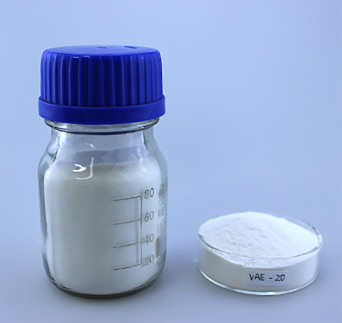
Dec . 13, 2024 18:33 Back to list
hydroxy methyl propyl cellulose
Hydroxy Methyl Propyl Cellulose An Overview
Hydroxy Methyl Propyl Cellulose (HMPC) is a versatile cellulose ether that has garnered significant attention in various industries due to its unique properties and functionalities. Derived from natural cellulose through a series of chemical modifications, HMPC combines the benefits of hydrophilicity and enhanced film-forming capabilities, making it an ideal ingredient in many applications ranging from pharmaceuticals to food processing and cosmetics.
Chemical Structure and Properties
HMPC is synthesized by modifying cellulose with hydroxypropyl and methyl groups. This chemical alteration enhances its solubility in water and organic solvents while improving its thermal stability. The presence of hydroxy groups allows the compound to exhibit excellent water retention and thickening capabilities, making it a reliable agent in many aqueous formulations.
One of the key characteristics of HMPC is its ability to form viscous solutions at relatively low concentrations. This feature makes it an invaluable thickening agent in various formulations, enabling the creation of stable products with desirable viscosities. Additionally, HMPC has a low apparent viscosity, which allows for smoother texture and better handling properties in end-use applications.
Applications in Pharmaceuticals
In the pharmaceutical industry, HMPC serves as a critical excipient in drug formulation and delivery systems. It is commonly used as a binder in tablet formulations, where it aids in the uniform distribution of active pharmaceutical ingredients (APIs) while also providing desired mechanical properties to the final product. HMPC's film-forming capability enhances the stability and bioavailability of some APIs, thus contributing to the overall effectiveness of pharmaceutical preparations.
Another important application of HMPC is in controlled-release formulations. When incorporated into matrix systems, it can help modulate the release rate of drugs, leading to prolonged therapeutic effects. This property is particularly advantageous for chronic conditions where consistent medication levels are essential for patient compliance and management of symptoms.
hydroxy methyl propyl cellulose

Usage in Food Industry
In the food sector, HMPC is prized for its functions as a thickener, stabilizer, and emulsifier. Its ability to create a smooth and creamy texture makes it an excellent choice in dairy products, sauces, and dressings. Furthermore, HMPC is widely used in gluten-free baking formulations, where it helps to improve dough handling and enhances the texture of baked goods, making them more palatable.
Moreover, HMPC is considered a safe food additive and is classified as Generally Recognized As Safe (GRAS) by the FDA. This certification has enabled its widespread acceptance in the food industry, especially among manufacturers seeking to enhance product quality while adhering to consumer safety standards.
Role in Cosmetics
In the cosmetics industry, Hydroxy Methyl Propyl Cellulose is incorporated into a variety of formulations, including lotions, creams, and gels. Its thickening and emulsifying properties make it essential for creating stable emulsions that offer an attractive appearance and pleasing tactile experience to consumers. HMPC also acts as a film-former, allowing for better adherence of cosmetic products to the skin, thereby enhancing their longevity and effectiveness.
Furthermore, due to its non-toxic and hypoallergenic nature, HMPC is suitable for sensitive skin formulations. This characteristic has led to its increased use in personal care products designed for delicate skin types, where safety and gentleness are paramount.
Conclusion
In summary, Hydroxy Methyl Propyl Cellulose is a multifaceted compound widely used across various industries for its unique physical and chemical properties. Its applications span from pharmaceuticals, where it enhances drug formulations, to the food industry, where it improves the texture and quality of food products, and cosmetics, where it contributes to the performance and feel of personal care items. As technology and formulation science continue to evolve, HMPC is likely to play an even more significant role, contributing to innovations in product development and quality enhancement across multiple sectors. Its safety profile and functional versatility make HMPC a keystone ingredient in the modern formulation landscape, poised for future advancements and applications.
-
Versatile Hpmc Uses in Different Industries
NewsJun.19,2025
-
Redispersible Powder's Role in Enhancing Durability of Construction Products
NewsJun.19,2025
-
Hydroxyethyl Cellulose Applications Driving Green Industrial Processes
NewsJun.19,2025
-
Exploring Different Redispersible Polymer Powder
NewsJun.19,2025
-
Choosing the Right Mortar Bonding Agent
NewsJun.19,2025
-
Applications and Significance of China Hpmc in Modern Industries
NewsJun.19,2025







